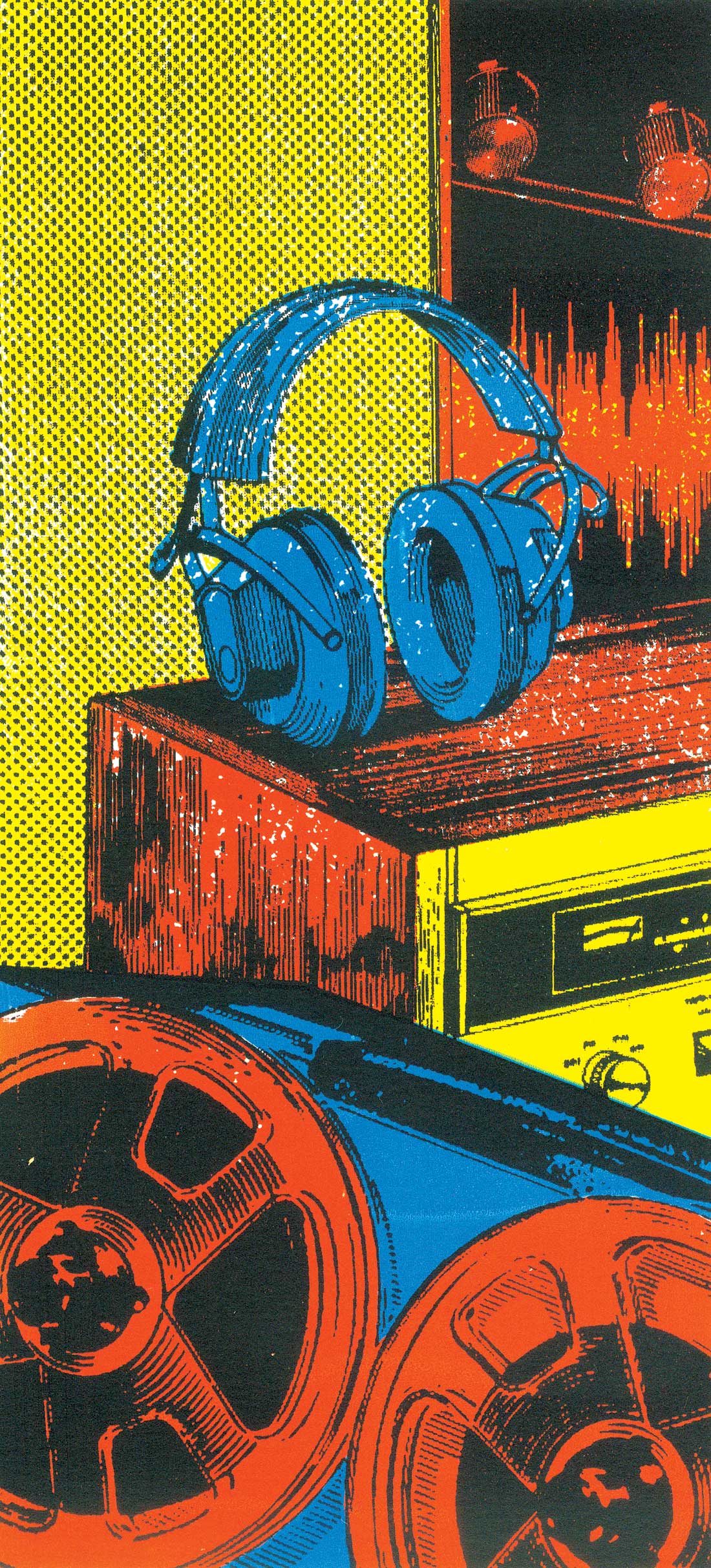When I heard that Eventide was branching out into the world of stompboxes, I was psyched. Several versions of the stalwart H3000 have graced my racks over the years, and I'm still the happy owner/user of a vintage Eventide H949 harmonizer/delay.
After decades of cutting edge and musical outboard gear, Eventide's first floor pedal offering is the delay-centric Time Factor, and I really enjoyed putting it through its paces both in the studio and on stage. At the Time Factor's core is a pair of discrete 3 sec delay lines and ten processing modes such as Vintage Delay, Tape Echo, Reverse, Loop, etc. that can be employed as stereo or dual-mono effects. Its three footswitches control tap tempo, infinite repeat, and (true) bypass. Some accoutrements that set the Time Factor apart from similar pedals include comprehensively assignable expression pedal and aux switch jacks (very cool-think of the possibilities!); a handy USB port for software upgrades and backing up user-created settings; and MIDI clock sync. And you know it's a rare day when a pedal can handily double as an outboard effect in a pro studio setting-with the flick of a switch, the Time Factor goes from instrument level I/O to balanced line level. Beautiful.
I used the Time Factor on a variety of mixing sessions and found it performed spectacularly. The Vintage Delay setting, with its ability to select bit rate and darken the delayed signal, was just the thing for a skronky, spat-out vocal part that I didn't want to sound too "good". And the Tape Echo setting-very close to but not exactly like a real tape echo-yielded some convincingly lush echoes (and yes, you can tweak wow, flutter, hiss, and apply a filter) on some Eno-ish atmospheric guitar tracks. Another great mode was Ducked Delay, which when used in conjunction with the tempo tap button, makes it a breeze to create beat-synched stadium rock echoes on vocals, without getting muddy. Not only is the unit very quiet and excellent-sounding, but it's also quite responsive-making real-time adjustments with the knobs feels more "analog" than with similar devices. This is a valuable asset to any tweakable gear; it bolsters the user's confidence and allows the device to become more of a part of the music.
So, yes, I thought the Time Factor was an awesome studio tool-sounding just as good and often better than a lot of my rack gear. I feel a bit lame saying this, but my quibbles with the Time Factor have more to do with the way I like to use effects pedals live onstage: a bit randomly. The Time Factor is a deceptively deep box, and requires a bit of setting up and practicing for the user (or at least me!) to get the hang of it, especially in a live performance situation. Though it is very intuitive, it is not the kind of stompbox you can just take to the gig right out of the box and expect to twiddle and tweak on the fly. I found this out the hard way, much to the amusement of my bandmates during a Weisstronauts set in which I unintentionally unleashed sheets of percolating feedback because I hadn't gone through the manual yet. (Actually, in retrospect, this episode was sort of cool....) That said, with a bit of preparation, most guitarists should find that the Time Factor is able to tackle nearly any delay/loop-based task thrown at it.
On an aesthetic note, I must say I love the look of the large digital readout. Not only is it wonderfully '70s retro (reminds me a little of early-generation NASA-type digital readouts that I associate with grade school field trips to the Boston Museum of Science), it's ultimately bright and legible, even from a distance on a dark stage floor. Housing-wise, the Time Factor is built to last-heavy enough to inspire confidence, yet light enough to easily tote around. Can't wait to see what Eventide's got up its sleeve for future stompboxes. ($499 MSRP; www.eventidestompboxes.com)
Tape Op is a bi-monthly magazine devoted to the art of record making.




_disp_horizontal_bw.jpg)